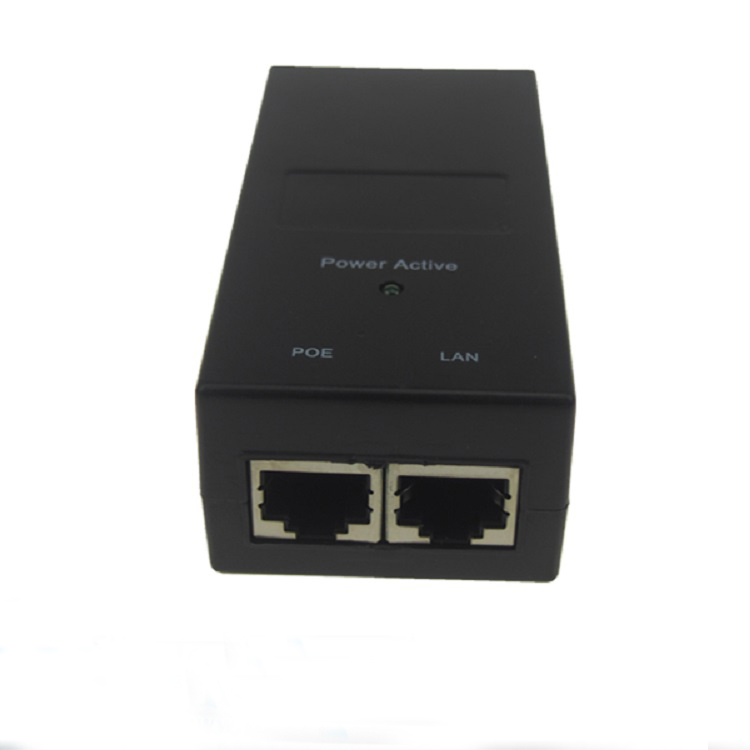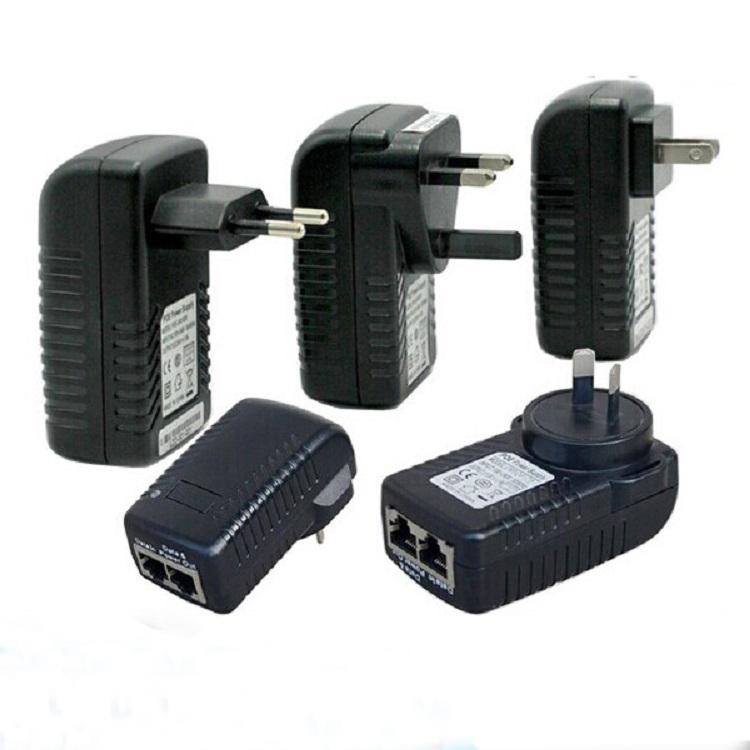High-efficiency amplifiers in mobile and portable devices
As consumers demand smaller form factors and longer battery life for mobile and portable devices, designers are seeking to replace ordinary linear amplifiers with high-efficiency devices. Although Class AB amplifiers have dominated the audio world for quite a long time, Class D amplifiers can provide a balance between the required efficiency and distortion.
Class A amplifier
Class A amplifiers use the same transistors for both half cycles of the audio waveform. In this structure, the output transistor always has current flowing through, even if there is no input signal, the output transistor will not be turned off, and the DC current is passed through the transistor. Pure Class A amplifiers are very inefficient and generate a lot of heat even without audio output. The current flowing through the output transistor is equivalent to the drive current through the speaker load at full power. Many people think that Class A amplifiers sound better than other types of amplifiers, which may be correct in some respects.
= POUT / PSUPPLY
= (1/2) (VCCIQ / 2VCCIQ) = 25%
Class A amplifiers are characterized by high fidelity and low efficiency. Fidelity means that in addition to the amplitude, the output signal is very similar to the input signal in all aspects, that is, they have the same shape and frequency. In some cases, there may be a phase difference (generally 180o) between the output signal and the input signal, but the source signal can still be copied very well. If the output signal is different from the input signal in shape or frequency, the signal is distorted. Distortion is the undesired signal change between input and output.
Class B amplifier
Class B amplifiers use different transistors to amplify each half of the waveform. Pure Class B amplifiers are generally not used in the audio field. In Class B amplifiers, a small portion of the waveform will appear distorted. We know that to turn on a bipolar transistor, a voltage of about 0.7V needs to be applied from the base to the emitter. In a pure Class B amplifier, the output transistor is not biased in the ON (conducting) operating state. This means that the part of the waveform in the 0.7V window will not be amplified accurately. The output transistor of each half cycle (positive half cycle and negative half cycle) of the waveform has a non-conducting region of 0.7V. The distorted part of the waveform is called crossover distortion. This distortion in the signal is undesirable (compared to the source signal). Figure 5 shows the shape of crossover distortion.
= POUT / PSUPPLY
= (VCC2 / 2RL) / (2VCC2 / RL) = 78.5%
Class B amplifiers are twice as efficient as class A amplifiers because the amplifier device only turns on (and consumes power) half the time of the input signal.
Class AB amplifier
Class A amplifiers have low efficiency and are not conducive to energy saving. Class B amplifiers will cause signal distortion and are not suitable for audio amplifiers. Class AB amplifiers are the best compromise. Class AB amplifiers are Class B amplifiers with a constant small bias current flowing through the output transistors. This eliminates crossover distortion. Since the output transistor is always on (even when there is no audio input signal), there is always a small amount of bias current. The difference with the pure class A amplifier is that the amount of current is different. The output transistors of a pure Class A amplifier also have to withstand a lot of current when there is no audio signal. The output transistor of a pure Class B amplifier has no current flow when there is no input signal.
The efficiency of Class AB amplifiers is much higher than that of Class A amplifiers, and there is no distortion problem of Class B amplifiers. The efficiency of class AB amplifiers can be as high as 65%.
Class D amplifier
This is a switching amplifier consisting of an H-bridge and a load. The load includes speaker impedance and a passive filter. The H-bridge controls the current through the speaker, and the LC filter filters the switching noise. In order to better explain why this method is more suitable for mobile or portable devices than traditional linear amplifiers, we must look at the advantages and disadvantages of various structures.
The filter-less Class D amplifier LM4667 of National Semiconductor of the United States is a fully differential input and output, replacing the LC output filter with an innovative modulator. Because the output filter is saved, the number of components is reduced, the circuit design is simplified, and the circuit board area is reduced. LM4667 uses Delta-sigma modulation technology to process analog input signals. Compared with traditional pulse width modulation, it reduces output noise and THD.
Advantages of Delta-sigma modulation
The linearity of Delta-Sigma modulation is better than PWM (pulse width modulation), in addition, the noise floor and THD + N performance are improved.
Efficiency comparison between Class AB amplifier and Class D amplifier
The efficiency comparison curve is displayed. The upper curve is the efficiency of the class D amplifier, and the lower curve is the efficiency of the class AB amplifier. It can be seen that the efficiency of the two is very close at full power output (approximately 65% ​​for class AB and 88% for class D), with a difference of only 23%, but in practical applications, most of the time the output of the amplifier is at 1/3 To 1/2 power, the efficiency of the class AB amplifier is only 30-40%, while the class D amplifier has more than 80%. The huge efficiency difference (over 40%) means useless power (heat generation) and reduced battery life.
to sum up
Class A amplifiers are inefficient, but have high fidelity.
Class B amplifiers are generally not used in the audio domain because crossover distortion occurs in a small portion of the Class B amplifier waveform. Waveforms that fall into the 0.6V window cannot be amplified accurately.
Class AB amplifiers are much more efficient than class A amplifiers and have no distortion problems for class B amplifiers.
Class D amplifiers are very efficient. The increase in efficiency can be translated into lower system cost, lower operating temperature, lower supply voltage and lower power consumption. The actual operating efficiency of Class AB amplifiers is hovering between 30-40%, while the efficiency of Class D amplifiers can easily reach 80%.
POE is useful in situations when we want to connect network devices that are far away from a power source, and applying a voltage across terminals not dimensioned for that, may damage the network device. To avoid this, the best way is to make a POE power suply, separating the two input signals, via two simple circuits, an injector and a splitter.
Yidashun can offer POE Power Adapter with wall type with different plugs like EU, US, UK and AUS, and desk type with C8 and C6 prong, and the output has 12V 1A, 12V 1.5A, 12V 2A, 15V 0.8A, 18V 1A, 24V 0.5A, 24V 1A, 24V 1.5A, 24V 2A, 48V 0.5A and 48V 1A and so on. And the network interface are +4/5 pins and - 7/8 pins.


POE Adapter,POE Power Adapter,POE AC Adapter,POE Injector Adapter
Shenzhen Yidashun Technology Co., Ltd. , https://www.ydsadapter.com
